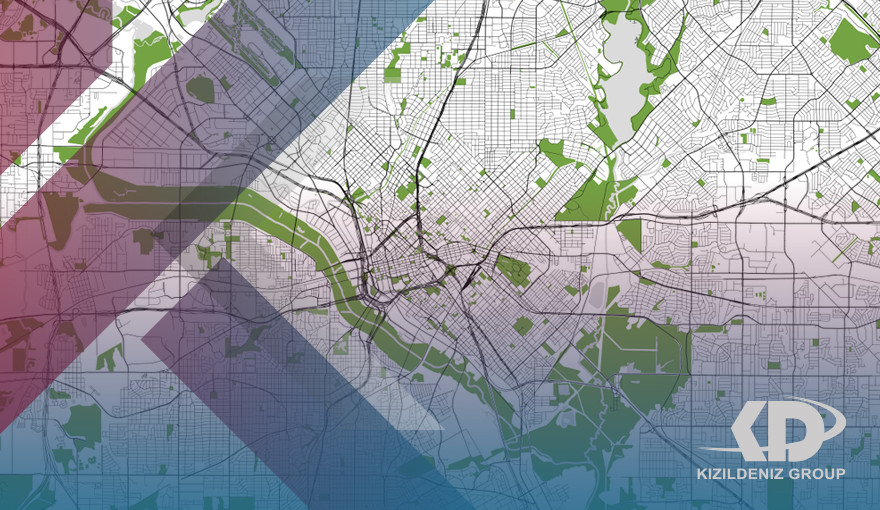What is the specialty of city and regional planning (area):
Surveying is also called land surveying
A group of techniques, professions and sciences that combine together to determine a position on the surface of the earth or to locate one or more points on the surface of the earth and to calculate the distances and angles between them. A land surveying specialist is called a land surveyor, and the points determined by the surveyor are usually intended to mark property boundaries, create maps of land, create sites such as building construction or underground sites, or other purposes required by government or civil law , such as real estate sales.
Other sciences such as geometry, trigonometry, regression analysis, geometric measurements, programming languages and law are involved with surveying sciences. There are also several devices involved in surveying work such as theodolite and tape, integrated station device, GPS device, reflectors, and radios,
The survey is considered one of the most important elements in the development of the human environment since time immemorial. The planning and implementation of most forms of construction requires conducting a survey at the beginning. The survey is also used for other purposes such as constructing transportation and communication routes, drawing maps, and controlling the boundaries of land ownership in integration with the law. An important tool for research in many other scientific disciplines
History of city planning and regional planning (area):
Ancient History
Surveying appeared since man built the first buildings, and pre-BC surveyors planned the monument to Stonehenge (2500 BC) using peg and rope geometry. Many evidences of the ancient Egyptians' mastery of surveying appeared. Streicher uses the principles of simple geometry to re-establish the borders after the annual floods of the Nile River, and the near-perfect squareness of the Great Pyramid of Giza - built in 2700 BC - and its north-south orientation confirm this, and evidence of Mesopotamian civilization has also appeared in surveying In the early first millennium BC, this civilization produced the groma, an ancient surveying instrument. Methods for measuring distant objects were described by the mathematician (Liu Hui) in his book (Haidao Suanjing) or The Sea Island Mathematical Manual published in 263 AD, as The Romans recognized space as a profession, and made the basic measurements by which the empire was divided, such as the tax registration of conquered lands in AD 300. In Europe, particularly in the Middle Ages, boundaries were set around the This was done by forming and planting a group of people residing around them, or by creating ways to walk around the parish or village, and they were taught and imparted to young children to ensure the continuity of memory for as long as possible. This book records all the names of the land owners along with the area and quality of the land they owned, as well as specific information about the contents of the land and its inhabitants, but the book did not include any maps showing specific locations.
The importance of studying urban planning and regional planning (area):
Planning theory is the branch of scientific concepts, definitions, behavioral relationships, and assumptions that define the body of knowledge known as urban planning. There are eight procedural theories of planning that still constitute the basic theories of planning procedures today: the universal rational method, the progressive method, the reciprocal method, the communicative method, the propaganda method, the justice method, the revolutionary method, the humanistic or phenomenological method. Other conceptual theories of planning include Ebenezer Howard's Three Magnets theory for the future of British settlement, as well as his book The Garden Cities of Tomorrow, The Central Model Zone also called the Burgess Model by sociologist Ernest Burgess, Radborn's pedestrian super neighborhood theory, And the sector model and the multi-core model in addition to other models and theories.
The best universities to study city planning and regional planning (area) in Turkey:
- TED University
 FR
FR AR
AR
 Next one
Next one